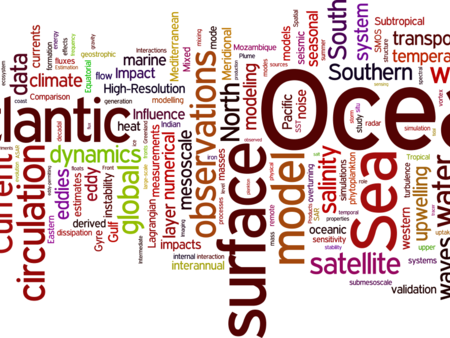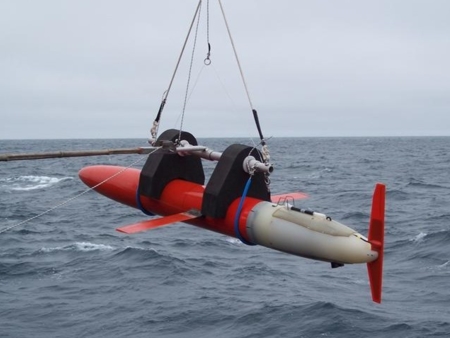Alex Ayet
Thesis topic : Impact of sea state on Ocean/Atmosphere fluxes and low level winds : A theoretical and numerical approach of the spatio-temporal homogenization process
Advisors : Jean-Luc Redelsperger (Director), Guillaume Lapeyre, Louis Marie, Bertrand Chapron (co-directors).
Funding : DGA, Région Bretagne (Started October 2017)
Webpage : https://www.eleves.ens.fr/home/ayet/
Accurate prediction of air-sea fluxes is essential for climate and synoptic weather models. The current formulations of these fluxes are based on Monin and Obukhov (1954) and Obukhov (1971) seminal works. The dimensional analysis underlying these “bulk” theories implies the existence of “universal” functions, determined from empirical data. While originally developed to describe an air flow over a flat surface in an homogeneous environment, these bulk parameterizations have been extended to the air-sea interface (Fairall et al., 2003, Edson et al., 2013). However, in the last years, observations and LES simulations have revealed a large scatter around these predicted values.
The air flow over the Ocean differs from the flow over land in many aspects. First, the air-sea interface is not rigid nor flat, due to the presence of surface waves. Waves undergo rapid changes induced by the work of atmospheric pressure forces. A realistic description of air-sea fluxes thus requires to describe the coupled atmosphere-waves system (Kudryatsev et al. 2014, Hristov et al. 2014), which is inhomogeneous and non-stationary.
Second, the air-sea interaction occurs at many different scales, and bulk parameterizations should result from a statistical average over a given range of scales. The PhD thesis aims at developing a novel air-sea parameterization accounting for the aforementioned features. It will first be a theoretical work that will then be applied to a mesoscale weather model.
Three aspects of the problem will be tackled:
(i) developing a novel parametrization of air-sea fluxes at a scale suitable for synoptic weather models, by introducing a proper statistical average of the different processes.
(ii) taking into account the non-stationarity of the wave field in the air-sea interaction process.
(iii) testing the sensibility of weather models to these novel parameterizations.







